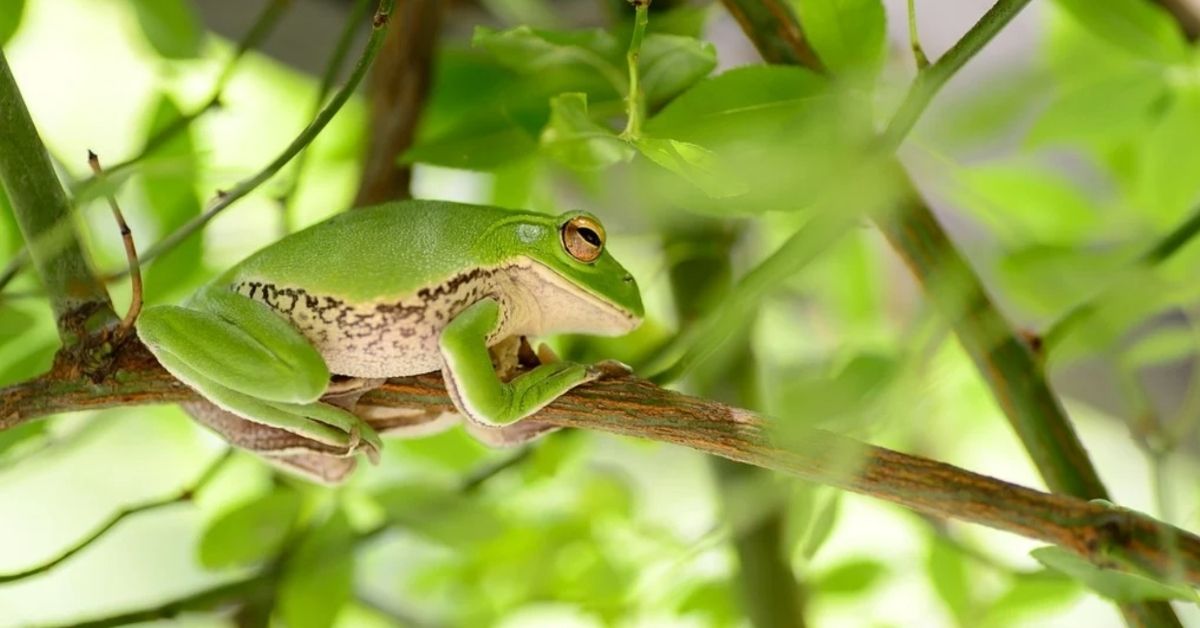Pairing frogs and toads together might conjure memories of Arnold Lobel’s beloved characters — dressed to the nines in caramel coats and polyester — biking off toward adventure.
But in the animal world, frogs and toads on nearly every continent are facing a much more harrowing adventure: a decades-long fight against a mysterious fungal virus that has afflicted over 500 amphibian species.
Since the 1990s, scientists estimate that the chytridiomycosis disease caused by the fungal pathogen Bd (Batrachochytrium dendrobatidis) has led to the extinction of 90 amphibians. One of the lost species includes the Panamanian golden frog, which hasn’t been spotted in the wild since 2009.
Fortunately, a new research study has finally pinpointed the virus that has been infecting fungal genomes for decades.
“Bd is a generalist pathogen and is associated with the decline of over 500 amphibian species…here, we describe the discovery of a novel DNA mycovirus of Bd,” wrote Mark Yacoub — the lead author of the study and a microbiology doctoral student at the University of California, Riverside.
In an interview with UC Riverside News, Yacoub said that he and microbiology professor Jason Stajich observed the viral genome while studying the broader population genetics of mycovirus (viruses of fungi).
The discovery will undoubtedly have monumental impacts on future amphibian conservation efforts. This includes the possible launching of new research studies into fungal species strains, the practice of cloning and observing spores, and engineering a solution to the virus.
But Yacoub cautioned that this is only the beginning.
“We don’t know how the virus infects the fungus, how it gets into the cells,” Yacoub said. “If we’re going to engineer the virus to help amphibians, we need answers to questions like these.”
Still, as scientists strengthen conservation efforts to save frogs and toads (and salamanders too!) they also appear to be saving themselves. Yacoub pointed out several amphibian species around the world have begun exhibiting resistance to Bd.
“Like with COVID, there is a slow buildup of immunity,” Yacoub explained. “We are hoping to assist nature in taking its course.”

Why are frogs and toads so important?
From the get go, every amphibian species plays an important role in their local ecosystem. Not only are they prey for a slew of animals like lizards, snakes, otters, birds, and more, but in an eat-or-be-eaten world, frogs and toads benefit the food chain by doing both.
Even freshly hatched tadpoles — no bigger than a button — can reduce contamination in their surrounding pond water by nibbling on algae blooms.
As they grow bigger (and leggier), amphibians snack on whatever insect comes their way, greatly reducing the population of harmful pests and making a considerable dent in the transmission malaria, dengue, and Zika fever by eating mosquito larvae.
“Frogs control bad insects, crop pests, and mosquitoes,” Yacoub said. “If their populations all over the world collapse, it could be devastating.”
Yacoub also pointed out that amphibians are the “canary in the coal mine of climate change,” because they are an indicator species. Frogs and toads have permeable skin, making them sensitive to changes in their environment, and they also rely on freshwater.
When amphibians vanish from an ecosystem, it’s a symptom of greater environmental issues.
“As temperatures get warmer, UV light gets stronger, and water quality gets worse, frogs respond to that,” Yacoub explained. “If they get wiped out, we lose an important environmental signal.”
Herpetologist Maureen Donnelly echoed Yacoub’s sentiments in an interview with Phys Org, noting that when it comes to food chains, biodiversity, and environmental impact, the role of frogs and toads should not be overlooked.
“Conservation must be a global team effort,” Donnelly said. “We are the stewards of the planet and are responsible for all living creatures.”
Header image courtesy of Pixabay (Public Domain Mark 1.0 Universal)



